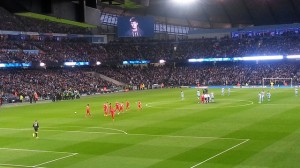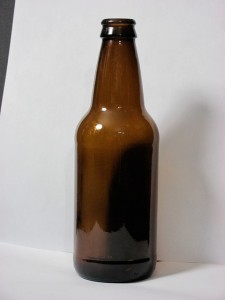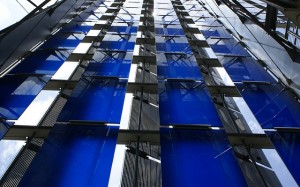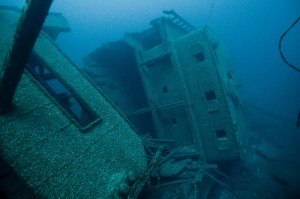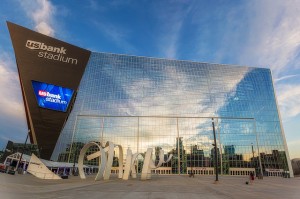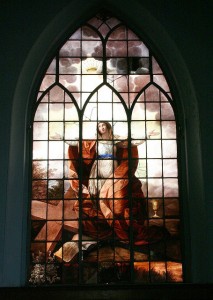Manchester City FC to build glass tunnel
MCFC Borrows Glass Tunnel From Dallas Cowboys
The glass tunnel at the Etihad is thought to be the first players’ entrance of its type in Europe, but its’ not the first of its kind. The Dallas Cowboys use a similar glass tunnel to enter AT&T Stadium. In addition to the glass tunnel, the renovation plans include a glass executive lounge for fans who are willing to pay the price to see their favorite players preparing for the game. That’s also an idea borrowed from “America’s Team.”
Man City fans will be able to see not only their hometown heroes, but also the visiting team. That prospect may not sit well with visitors, some of whom already complain about television cameras in the tunnel before and after the game, and between halves.
The strategy works for the Dallas Cowboys and will work for Manchester City. That’s because the teams depend upon forging a close relationship between their fans and the players. Giving fans access, including behind-the-scenes looks at the players and the facilities resonates well with the fans, and glass plays a big role in creating that connection.
Glass can be used to create a closeness, both in residential and commercial spaces. Glass walls can divide large spaces, while still preserving their “open” quality. In addition, glass can be decorated according to any color scheme. Glassprimer™ glass paint is specially engineered to create a permanent bond with glass without delaminating, fading or chipping over time. Glassprimer™ glass paint is designed to perform even in tough conditions like direct sunlight and high humidity. It can also be tinted to match the paint palette of any major paint manufacturer.
If you’d like to find some glass inspiration for your next project, please visit the rest of our site. If you’d like to purchase Glassprimer™ glass paint, please visit our online store .
Photo Credit: SteHLiverpool, via Flickr.com

